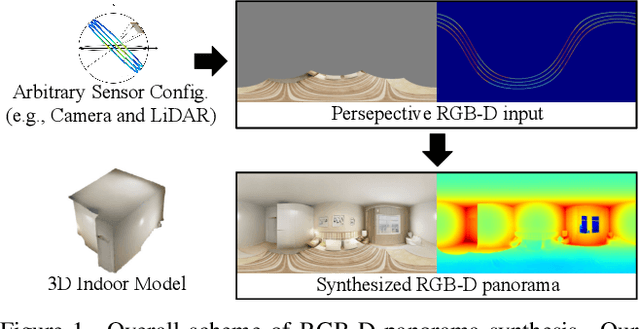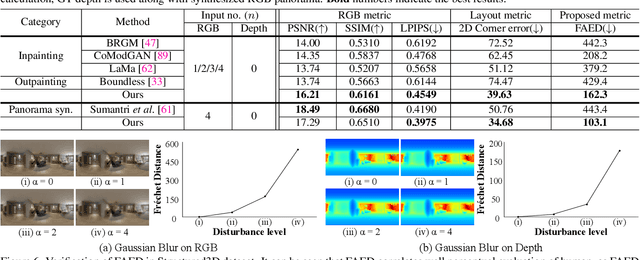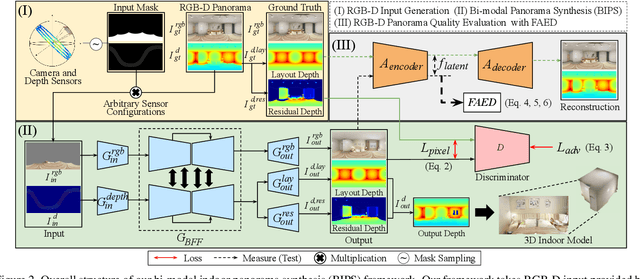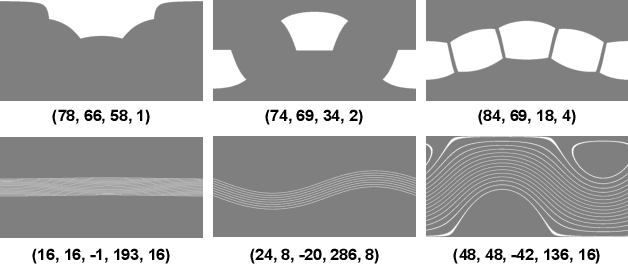Wonjune Cho
BIPS: Bi-modal Indoor Panorama Synthesis via Residual Depth-aided Adversarial Learning
Dec 12, 2021



Abstract:Providing omnidirectional depth along with RGB information is important for numerous applications, eg, VR/AR. However, as omnidirectional RGB-D data is not always available, synthesizing RGB-D panorama data from limited information of a scene can be useful. Therefore, some prior works tried to synthesize RGB panorama images from perspective RGB images; however, they suffer from limited image quality and can not be directly extended for RGB-D panorama synthesis. In this paper, we study a new problem: RGB-D panorama synthesis under the arbitrary configurations of cameras and depth sensors. Accordingly, we propose a novel bi-modal (RGB-D) panorama synthesis (BIPS) framework. Especially, we focus on indoor environments where the RGB-D panorama can provide a complete 3D model for many applications. We design a generator that fuses the bi-modal information and train it with residual-aided adversarial learning (RDAL). RDAL allows to synthesize realistic indoor layout structures and interiors by jointly inferring RGB panorama, layout depth, and residual depth. In addition, as there is no tailored evaluation metric for RGB-D panorama synthesis, we propose a novel metric to effectively evaluate its perceptual quality. Extensive experiments show that our method synthesizes high-quality indoor RGB-D panoramas and provides realistic 3D indoor models than prior methods. Code will be released upon acceptance.
Deceiving Image-to-Image Translation Networks for Autonomous Driving with Adversarial Perturbations
Jan 06, 2020



Abstract:Deep neural networks (DNNs) have achieved impressive performance on handling computer vision problems, however, it has been found that DNNs are vulnerable to adversarial examples. For such reason, adversarial perturbations have been recently studied in several respects. However, most previous works have focused on image classification tasks, and it has never been studied regarding adversarial perturbations on Image-to-image (Im2Im) translation tasks, showing great success in handling paired and/or unpaired mapping problems in the field of autonomous driving and robotics. This paper examines different types of adversarial perturbations that can fool Im2Im frameworks for autonomous driving purpose. We propose both quasi-physical and digital adversarial perturbations that can make Im2Im models yield unexpected results. We then empirically analyze these perturbations and show that they generalize well under both paired for image synthesis and unpaired settings for style transfer. We also validate that there exist some perturbation thresholds over which the Im2Im mapping is disrupted or impossible. The existence of these perturbations reveals that there exist crucial weaknesses in Im2Im models. Lastly, we show that our methods illustrate how perturbations affect the quality of outputs, pioneering the improvement of the robustness of current SOTA networks for autonomous driving.
 Add to Chrome
Add to Chrome Add to Firefox
Add to Firefox Add to Edge
Add to Edge